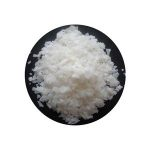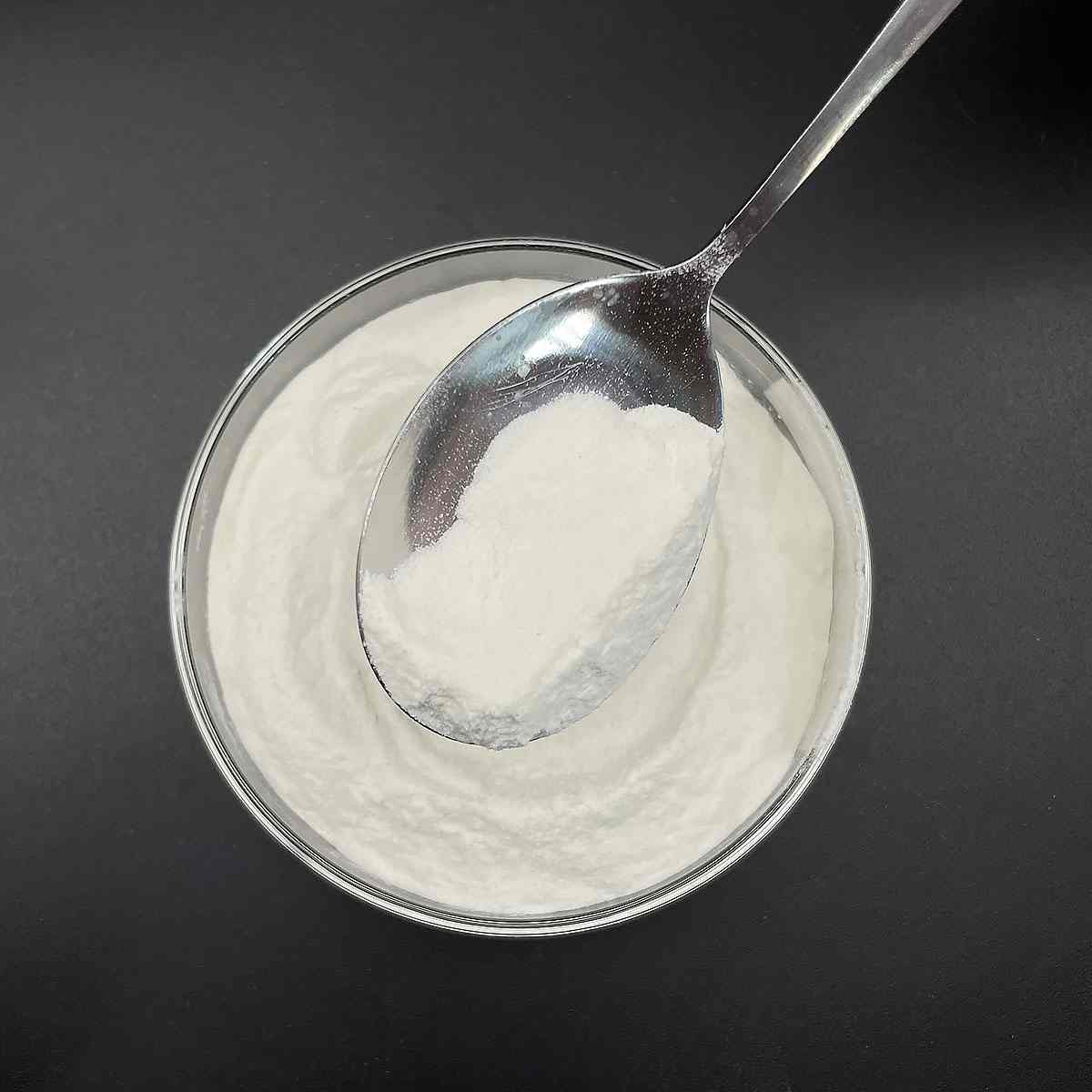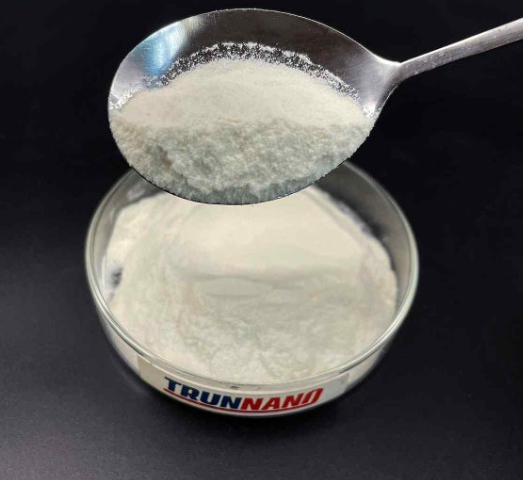1. Introduction
When you hear ‘sodium lauryl sulfate,’ your mind probably jumps to shampoo lather or toothpaste foam. But beyond the bathroom cabinet, this humble anionic surfactant plays a surprisingly sophisticated role in agriculture—specifically in herbicide delivery systems. While not as headline-grabbing as its cosmetic uses, SLS (also known as sodium dodecyl sulfate or Na lauryl sulfate) is a workhorse in crop protection formulations, where its wetting and spreading properties can mean the difference between effective weed control and wasted chemicals.

In this article, we’ll dive into the niche but high-impact application of sodium lauryl sulfate as a surfactant for herbicides, exploring how it interacts with other ingredients like methylated seed oil, why it’s chosen over alternatives such as decyl glucoside or coco betaine, and what makes it indispensable in certain agricultural contexts—even as the industry shifts toward greener options like bio surfactants.
2. The Role of Surfactants in Herbicide Performance
2.1. What Does a Surfactant Do in Weed Killers?
The meaning of surfactant—surface-active agent—hints at its core function: reducing surface tension. In herbicide applications, this translates to better droplet spreading on waxy or hairy plant leaves, improved adhesion so the chemical doesn’t roll off, and enhanced penetration into plant tissues. Without a surfactant, many active ingredients in weed killers would simply bead up and drip away, drastically reducing efficacy.
Sodium lauryl sulfate is particularly valued here because it’s a strong anionic surfactant that lowers surface tension rapidly. When mixed with water-based herbicide solutions, SLS helps create a uniform film over leaf surfaces, ensuring maximum contact with the target weed.
2.2. Why SLS Over Other Surfactants?

Not all surfactants are created equal in agriculture. While non-ionic surfactants like ethoxylated alcohols or polysorbate 80 (also known as Span80 derivatives) are common, SLS offers a unique balance of cost, performance, and compatibility. It’s especially effective when paired with oil-based adjuvants like methylated seed oil, which boosts uptake of systemic herbicides like glyphosate.
- Sodium lauryl sulfate works synergistically with methylated seed oil to disrupt leaf cuticles.
- Compared to milder alternatives like sodium lauroyl sarcosinate or coco glucoside, SLS provides faster wetting—critical in fast-paced field applications.
- It’s more affordable than fluoro surfactants or specialized bio surfactants, making it practical for large-scale farming.
3. Chemical Compatibility and Formulation Challenges
3.1. Anionic, Cationic, and Amphoteric Interactions
One key consideration in herbicide formulation is the charge compatibility of surfactants. Sodium lauryl sulfate is anionic, meaning it carries a negative charge. This makes it incompatible with cationic surfactants like cetyl trimethyl ammonium bromide (CTAB) or ammonium lauryl sulfate, which can cause precipitation or reduced efficacy when mixed.

However, SLS blends well with amphoteric surfactants such as cocamidopropyl betaine (also called coco amido propyl betaine or amidopropyl betaine) and non-ionic types like Pluronic 127 or Poloxamer 188. These combinations can fine-tune performance—enhancing foam stability in sprayers or improving rainfastness on crops.
3.2. Alternatives and Emerging Trends
As environmental and regulatory pressures grow, formulators are exploring gentler options. Alkyl polyglucoside, sodium cocoyl glutamate, and sodium coco sulfate are gaining traction as bio-based, biodegradable alternatives. Yet, they often lack the aggressive wetting power of SLS.
For instance, while decyl glucoside is a popular nonionic surfactant in eco-friendly products, it may not provide sufficient spreading on drought-stressed or mature weeds with thick cuticles. Similarly, sodium dodecylbenzene sulfonate—a close cousin of SLS—is effective but can be more phytotoxic.
Despite this, sodium lauryl sulfate for sale remains in high demand among agrochemical suppliers like Rohit Surfactants Private Limited, especially in regions where cost-effectiveness outweighs sustainability concerns.
4. Practical Use in the Field
4.1. Mixing Guidelines and Dosage
Farmers and applicators typically use SLS at concentrations of 0.1% to 0.5% by volume in spray tanks. For example, when mixing Roundup or similar glyphosate products, adding a surfactant like SLS ensures the herbicide sticks and penetrates. Some commercial blends already include sodium lauryl ether sulfate (also called sodium lauryl ether sulphate or SLES), which is milder than SLS but still effective.
It’s worth noting that ‘sls sodium lauryl sulfate’ is often confused with ‘sls sodium laureth sulfate’—a misnomer, since SLES (sodium laureth sulfate) is chemically distinct. True SLS (lauryl sulfate, not laureth) is preferred in herbicides for its stronger detergency.
4.2. Lawn and Turf Applications
Beyond row crops, SLS-based surfactants are used as lawn wetting agents. Products marketed as ‘wetting agent for grass’ often contain SLS or sodium oleate to help water and nutrients penetrate hydrophobic soils. In these cases, SLS acts not just as a surfactant for weed killer but as a soil conditioner—improving overall turf health.
5. Conclusion
Sodium lauryl sulfate may be best known for its role in shampoos and soaps, but its application as a surfactant in agricultural herbicides is a testament to its versatility and effectiveness. While newer, greener surfactants like alkyl polyglucoside and bio surfactants are on the rise, SLS remains a go-to for its powerful wetting action, compatibility with oil-based adjuvants, and cost efficiency. Whether labeled as natrium lauryl sulfate, sls sulfate, or simply lauryl sulfate, this anionic workhorse continues to support global food production—one weed at a time.
Our Website founded on October 17, 2012, is a high-tech enterprise committed to the research and development, production, processing, sales and technical services of ceramic relative materials such as Sodium. Our products includes but not limited to Boron Carbide Ceramic Products, Boron Nitride Ceramic Products, Silicon Carbide Ceramic Products, Silicon Nitride Ceramic Products, Zirconium Dioxide Ceramic Products, etc. If you are interested, please feel free to contact us.


